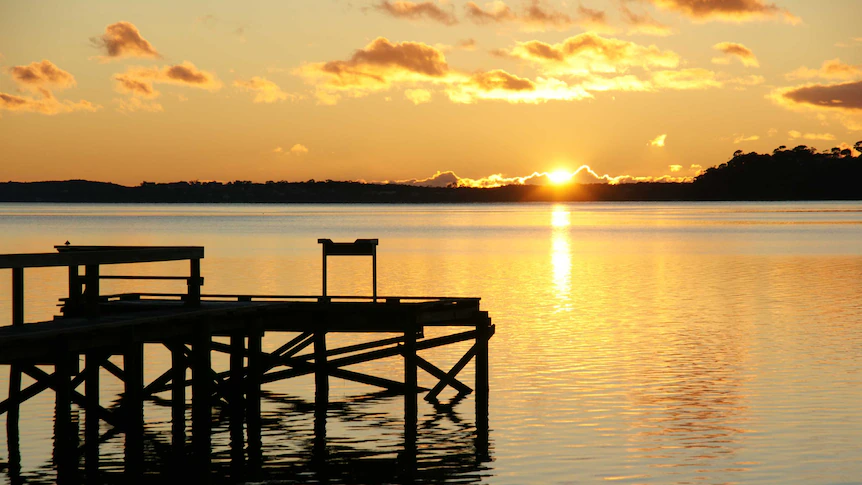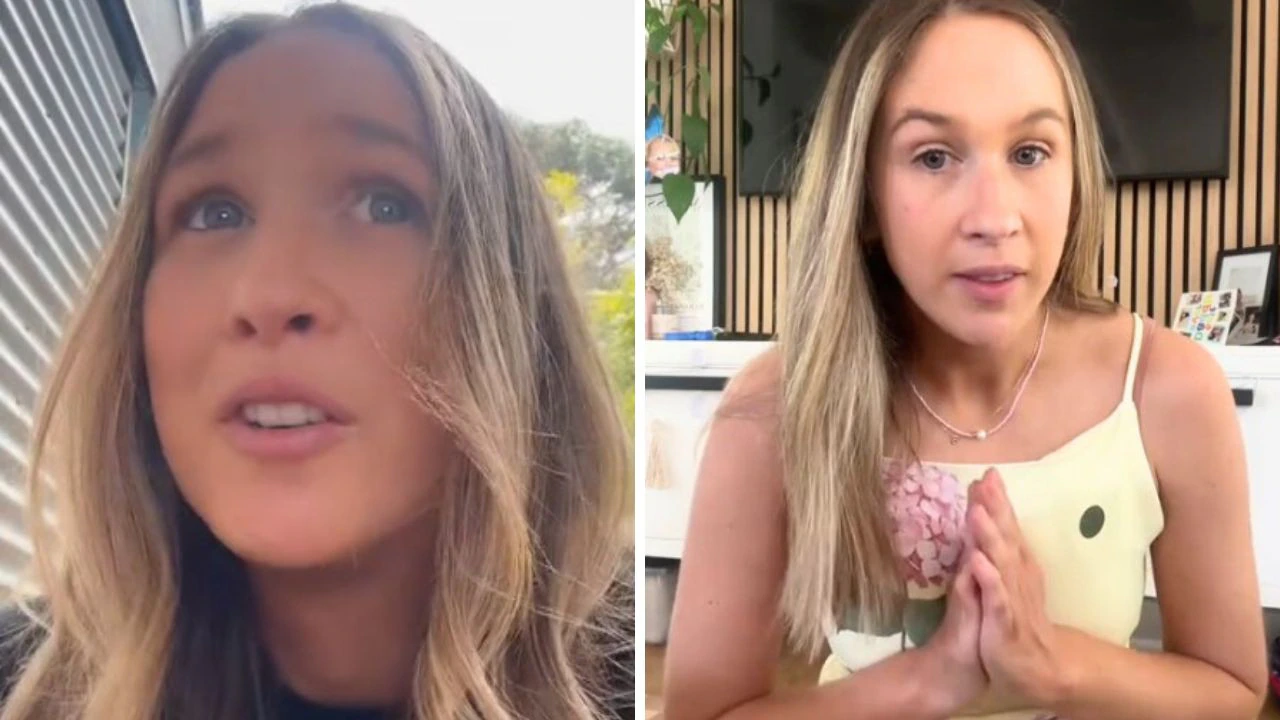Copyright abc

With each peg she passes, Haylee Semmens offers a tidbit of local history and admires the flowers in her garden as her carer Emma Harris hangs dress after tee on the clothesline. This easy rapport between client and support worker is built on time and familiarity. But against a mounting housing crisis, staying on Tasmania's east coast has not been easy for Ms Harris. "I was going to be homeless," she said. After months of searching and a desperate social media call-out, Ms Harris and her sprightly pooch Gypsy will soon move into a rental in Scamander. While relieved, she does not think it should be this hard in Australia. "You've got like 10 people looking at one property and only one of these people are going to get it, and there's literally nothing else on the market," Ms Harris said. "And that means I would not be able to work with the clients that I'm working with." Population projected to grow Ms Harris is a newcomer to Tasmania's Break O'Day municipality, a region that grew from 6,516 residents in 2019 to 7,163 in 2024. Housing has not kept pace. Demographer Lisa Denny said the population was projected to continue expanding, largely from intra and interstate migration and longer expectancy. "Break O'Day … has aged at quite a rapid rate and that's been driven predominantly by older people moving to the area and younger people leaving it," she said. It is one of six council areas where more than half the residents are expected to be aged 65 and older within 15 to 20 years — but Dr Denny does not believe that will eventuate, noting people in their 80s have different needs to those in their 60s. "Which will either require them to move elsewhere, or those local government areas will need to attract those people to provide those services," she said. Rentals disappear post-pandemic The shrinking of long-term rentals is somewhat of a pandemic by-product, according to St Helens-based real estate agent Heidi Howe. "A lot of our investment property owners purchased them before COVID, so when the prices rose through COVID, they're like, 'I should be cashing in on this now,'" she said. Many buyers moved in and rental stock that had been around for years disappeared. "Our area doesn't have a lot of new building happening … so when there's that many people moving to an area, there's not enough houses to give everyone accommodation," Ms Howe said. At the same time, it is not an overly lucrative market for investors. "If you buy for $500,000, you want to get $500 a week in rent, [that] is the general rule of thumb," Ms Howe said. "But because we're very much a blue-collar working area, the incomes here really cap perhaps how much people can afford to pay in rent, so we can't always reach that desired level of rent that an investor's looking for." While short-stay accommodation often cops flak for the housing squeeze, Ms Howe says most listings are holiday homes that have never been long-term rentals. She said people were also after stock that simply was not available, such as larger houses on the outskirts and modern, smaller dwellings close to the centre that were suitable for downsizing. Dr Denny said housing strategies needed to go beyond just numbers and needs at different life ages and stages had to be considered. "I think there's a real opportunity to look at what certain people might need that enables them to move out of their existing dwellings to something more appropriate," she said. Approvals only go so far, mayor says Break O'Day Mayor Mick Tucker is not surprised the coastal charm and relaxed lifestyle are attracting people. "This is the Gold Coast of Tasmania — we live in the very best place in Australia, trust me," he said. But he said there was only so much councils could do to get shovels in the ground. "All the approvals under the sun don't actually build houses," Cr Tucker said. "The economic stimulus, which is required by state and federal government to incentivise developers to build houses, is what's really required." He said Tasmania needed a state-level infrastructure contribution policy, to level out hefty establishing costs. "[Developers] hope that the developer in front of them wants to build their units first so that those roads and the infrastructure have already been put in and then they can just tap into it," Cr Tucker said. He is also calling for updates to the planning system and "out of date" land use management strategies, which dictate zoning. Policies aim to speed up developments A state government spokesperson said the government would continue working with stakeholders "on the potential" of an infrastructure contribution policy. They said all councils were moving towards a single planning scheme that would "achieve greater consistency and efficiencies", and that work on regional land use strategies were well underway. Meanwhile, the Commonwealth, state and territory governments have agreed to pause the National Construction Code in an attempt to speed up construction. The federal government has also brought in build-to-rent tax incentives and is establishing a strike team focusing on housing developments awaiting assessment under the Environment Protection and Biodiversity Conservation Act (EPBC Act).



